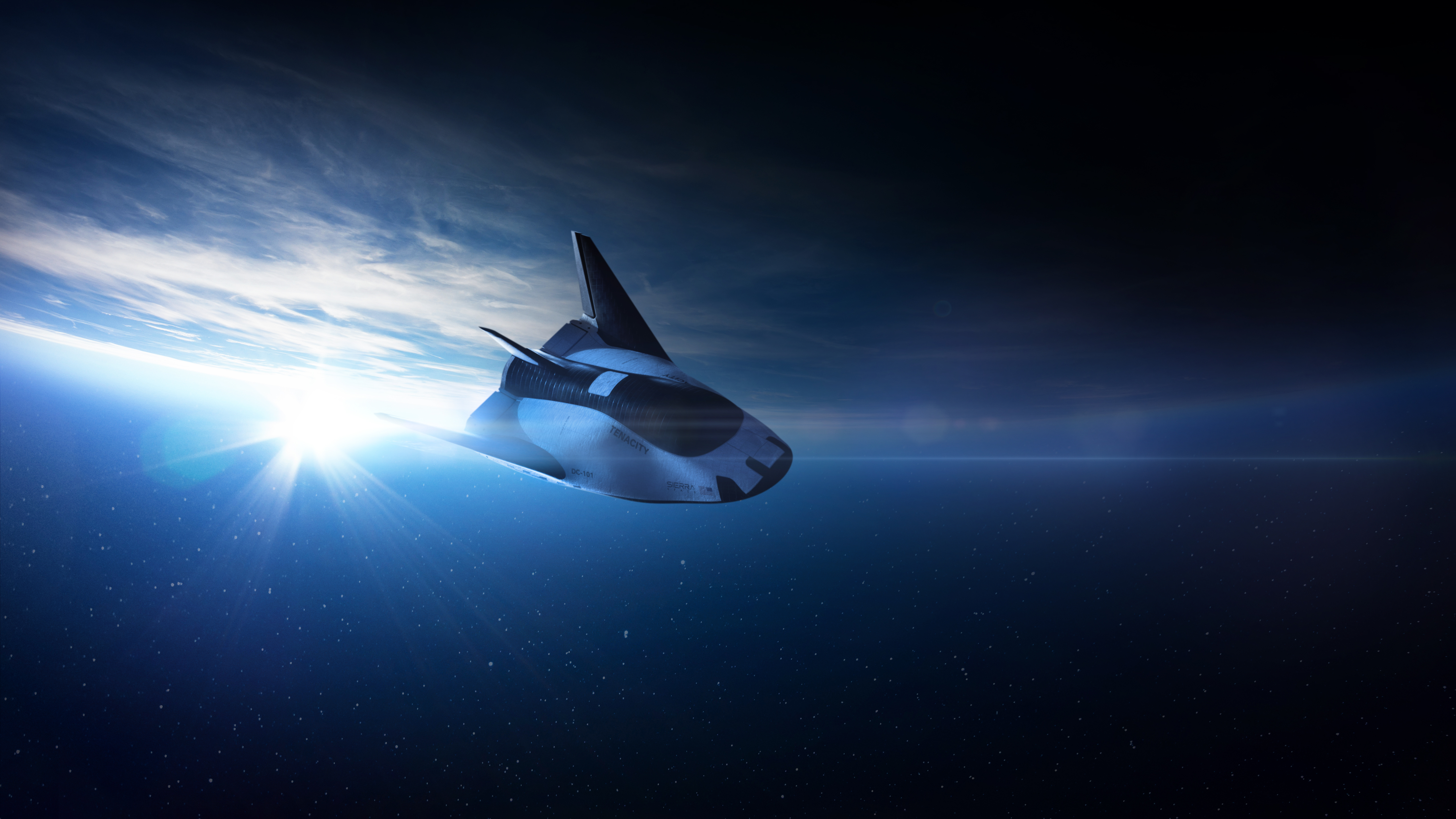Blog
NASA and Sierra Space Prepare for Dream Chaser’s Historic Flight to the International Space Station
“NASA and Sierra Space’s Dream Chaser spacecraft prepares to deliver cargo to the International Space Station, revolutionizing cargo resupply.”
NASA and Sierra Space are on the verge of a significant milestone in space exploration, as they make progress towards the first flight of the Dream Chaser spacecraft to the International Space Station (ISS). This uncrewed cargo spaceplane, set to launch in 2024 as part of NASA’s commercial resupply services, showcases the advancements in reusable spacecraft technology and the growing collaboration between NASA and private space companies.

Sierra Space
Dream Chaser and Shooting Star:
At the heart of the Dream Chaser cargo system lies two essential components: the Dream Chaser spacecraft and the Shooting Star cargo module. The Dream Chaser, a lifting body spacecraft, is a modified version of the HL-20 spacecraft developed at NASA’s Langley Research Center. Designed for reusability, Dream Chaser can be utilized up to 15 times, distinguishing it from other cargo vehicles. The Shooting Star cargo module complements the spacecraft, enabling the delivery and disposal of pressurized and unpressurized cargo to and from the space station. While the cargo module is single-use and disposed of before re-entry, the Dream Chaser spacecraft itself can be relaunched within a remarkably short timeframe of just 24 hours.
Mission Overview:
Sierra Space’s first flight of Dream Chaser aims to conduct in-orbit demonstrations to certify the spacecraft for future missions. Teams at NASA’s Kennedy Space Center, Johnson Space Center, and the Dream Chaser Mission Control Center will closely monitor the flight. Sierra Space flight controllers will oversee the spacecraft until it is handed over to the ground operations team at NASA Kennedy following landing.
The mission involves both far-field and near-field demonstrations. Far-field demonstrations, conducted outside the vicinity of the space station, include showcasing attitude control, translational maneuvers, and abort capabilities. Near-field demonstrations, closer to the space station, involve using LIDAR sensors, responding to space station commands, and performing controlled approaches. Dream Chaser will approach the station, and a station crew member will use the Canadarm2 robotic arm to grapple the spacecraft’s cargo module, which will then be installed on the space station.
Cargo Delivery and Return:
Dream Chaser’s inaugural flight to the ISS has a payload capacity of over 7,800 pounds. Future missions are being designed to accommodate longer stays of up to 75 days and deliver as much as 11,500 pounds of cargo, with flexibility to load cargo up to 24 hours before launch. Upon departure, Dream Chaser can return over 3,500 pounds of cargo and experiment samples to Earth, while its cargo module can dispose of over 8,700 pounds of trash during reentry.
Return to Earth:
After approximately 45 days at the ISS, Dream Chaser will be uninstalled using Canadarm2. The spacecraft’s return journey begins with a deorbit burn, followed by re-entry into Earth’s atmosphere. Dream Chaser will then glide to a runway landing at Kennedy’s Launch and Landing Facility, reminiscent of NASA’s space shuttle program. This landing marks the first time a spacecraft has touched down at the facility since the final space shuttle flight in 2011.
The upcoming flight of the Dream Chaser spacecraft to the International Space Station signifies a major step forward in NASA’s commercial resupply services. The collaboration between NASA and Sierra Space showcases the advancements in reusable spaceplane technology and paves the way for more frequent and efficient cargo missions to the space station. As Dream Chaser proves its capabilities, it opens new possibilities for delivering supplies, conducting experiments, and supporting future human space exploration endeavors.
For further updates on NASA’s commercial resupply services, visit the official NASA website at https://www.nasa.gov/mission_pages/station/structure/launch/index.html. The future of space exploration is undoubtedly exciting, with Dream Chaser at the forefront of innovation and progress.